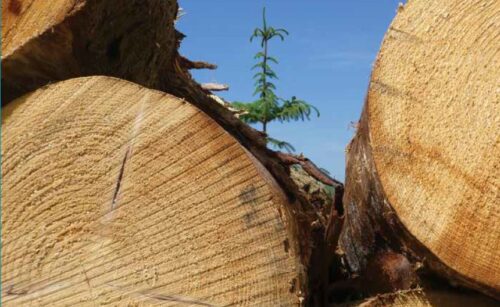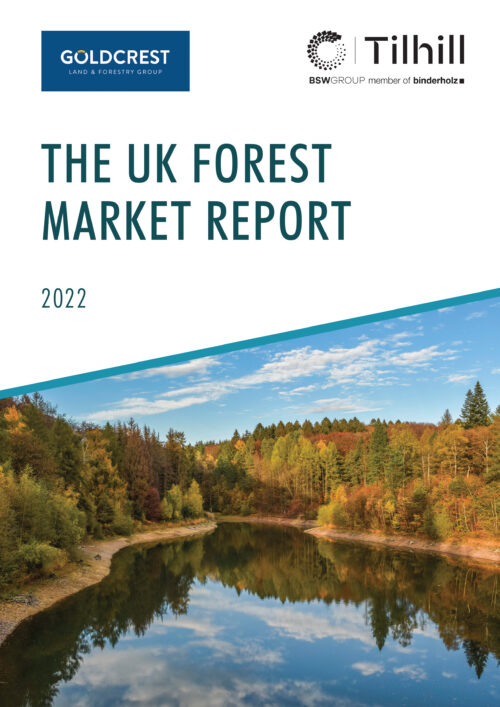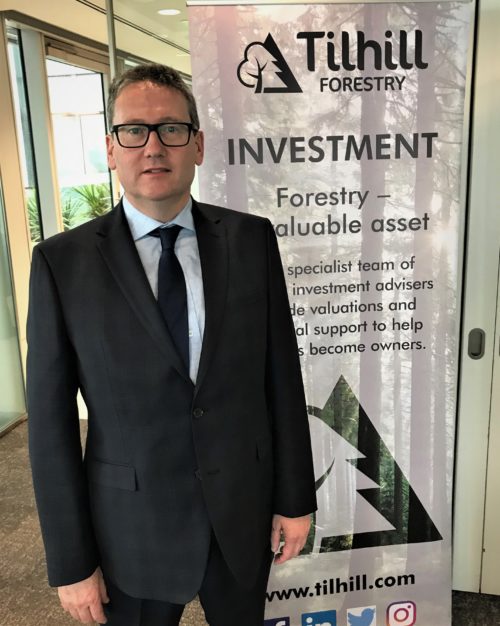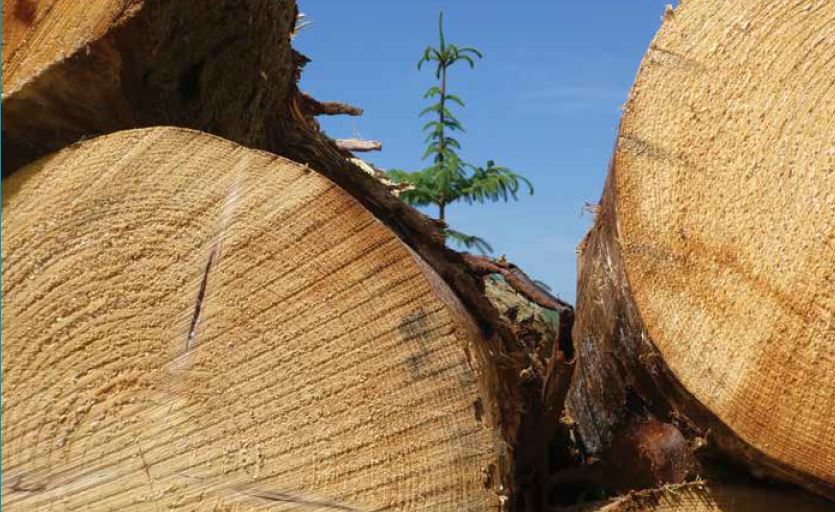As this is being written, we are in the middle of a major economic slowdown with the war in Ukraine but, hopefully, seeing the end of Covid-19. Both events have put major brakes on both the domestic and world market demand.
If we look back over the last few years, the start of the Covid-19 pandemic saw a significant downturn in orders for timber products and therefore standing timber. However, this was almost immediately followed by a strong increase for materials as DIY activity took off, fuelling demand for products associated with home improvement and garden fencing.
The supply chain could not keep up with this demand and for almost a year the wood processing sector was constrained by raw material availability. One of the results of this was strong price inflation in standing timber prices with increases by as much as 100% recorded.
Inelasticity of Supply within the Sector
Much of this was driven by the inelasticity of supply inherent within the sector. There were not enough parcels of timber – with felling permissions – available to come to the market, and there was not enough capacity in the harvesting and haulage sector to convert standing timber into logs and small roundwood going over the weighbridge at processors.
But as we know, nothing lasts for ever and with the benefit of hindsight, we can see that the market started to slow down from the third and fourth quarters of 2021. However, anticipating a very strong spring of 2022, processors had the confidence to build up their finished goods stock. It was perhaps not until the middle of 2022 that a major slowdown in demand was acknowledged together with the conclusion that 2022 was going to be a ‘different’ year.
Protecting the Margin
At the same time there had been extensive importing of construction timber and by spring of this year, 2022, importers were under pressure to unload this stock with the market starting to see major weakening in price. In some cases, the differences between what had been the frothy top of the market and the absolute bottom represented a fall of over 50%. Most British producers did their best to protect margin and did not engage in this panicky selling but ultimately have had to reduce their prices in line to maintain some sort of market share.
The situation as of October saw the wider sector that produces building products very depressed with much of the sector running at 50% throughput and at that point no end in sight.
Energy Prices
Energy price has become a major issue and whilst some businesses are hedged to some extent, the only positive news is that costs are not as high as in in other parts of Europe, where there are reports of plants only running when the price of electricity and gas allows. Indeed, this may present opportunities for British processors as gaps in availability may develop as plants go offline in mainland Europe.

The energy market and the resultant demand is the one bright light in an otherwise dark forest. In central and northern Europe, the complete closure of the border between Russia and Finland for industrial roundwood has resulted in a massive shortfall in feedstock for paper and energy markets are giving rise to unprecedented demand in the market elsewhere. This has rippled out across much of northern Europe and pushed the prices up to the point where they are approaching sawlog prices.
The Slowing Sawn Market
The slowing sawn market has exacerbated this through the side-effect of reducing co-product volumes, creating a major tightening of supply for industrial roundwood and fibre users. This is all lapping at the shores of Britain with increased levels of exports of small roundwood and co-product. This is providing a ready market for the continuing clear up of Storm Arwen.
The last few years have continued the trend for consolidation within the sawmill sector with now three larger operators controlling a significant part of the capacity, amounting to
well over 50% of the sector. At the same time these operators continue to heavily invest in capacity at their existing sites.
We have perhaps seen the high water mark for investment in biofuel generation unless the recent turmoil in energy markets drives a change in government policy. Many of the existing users are considering how they fuel their plants when their existing government subsidies start to run out over the medium term.
Long Term Demand Remains Healthy
To end on a positive note, we should not miss the point that whilst we have seen major falls in the value of standing timber we are perhaps near the bottom of the market, and yet, we still see values that, over the medium term, are high and equivalent to those seen only three or four years ago with many cashflow models for forest owners built upon these assumptions.
Long term demand for timber remains healthy as the processing sector continues to invest and modernise their existing assets and, as we start to decarbonise the economy, many
existing possibilities for other applications for wood are being explored.
The UK Forest Market Report
This article is from the 2022 edition of ‘The UK Forest Market Report’. The annual UK Forest Market Report (FMR) produced by Tilhill, provides an in-depth study of the UK commercial forestry and woodland investment market, from the perspective of both buyers and sellers.

The UK Forest Market Report
Find out moreWant to find out more about the Timber Market?
Watch ‘Timber Talks’ with Harry Stevens, Tilhill’s Timber Buying Director




